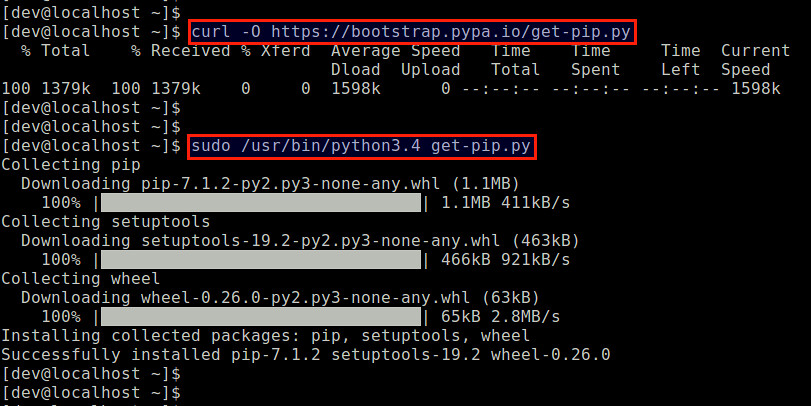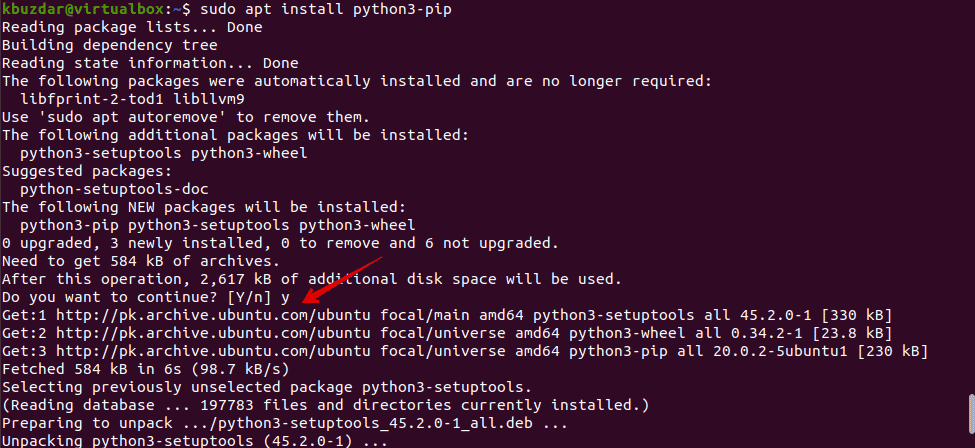
Therefore, your other Python projects won’t be affected. This permits you to install Python modules in an isolated location for a specific project instead of being installed globally. It is always recommended to use pip inside a virtual environment only. Use pip to install python packages if there is no rpm package for the python module. When you want to install python modules globally, you can use yum as they are tested to work properly on CentOS 7. You can install python modules using yum or pip. Python is an open source and runs on various platforms such as Linux/UNIX distributions (CentOS, Ubuntu, Fedora, Debian, etc.), Microsoft Windows, and Mac OS X.

As Pip is not installed on CentOS 7 by default, you have to install it manually. Python language follows a design philosophy that emphasizes code readability which makes it one of the easiest programming languages to learn. Try `pip3 install -user` instead.ġ00% |████████████████████████████████| 512kB 2.0MB/sĪs far as possible I'd like to uniformly maintain installed software via "yum".Pip is a package management system to install and manage software packages written in Python.

WARNING: Running pip install with root privileges is generally not a good idea. It was not until after I installed the 'pytz' module via 'pip3' that t2b.py could find it. > Package pytz.noarch 0:7 will be installedīut after this, my stub program failed in the identical manner! As far as it was concerned, there was still " No module named 'pytz' ", even after a reboot and logging back in. ModuleNotFoundError: No module named on my Centos 7 box provides the 'pytz' module, so I installed it (many lines deleted): ~]# yum install pytz


My stub python3 program cannot find the "pytz" module: uname -a


 0 kommentar(er)
0 kommentar(er)
